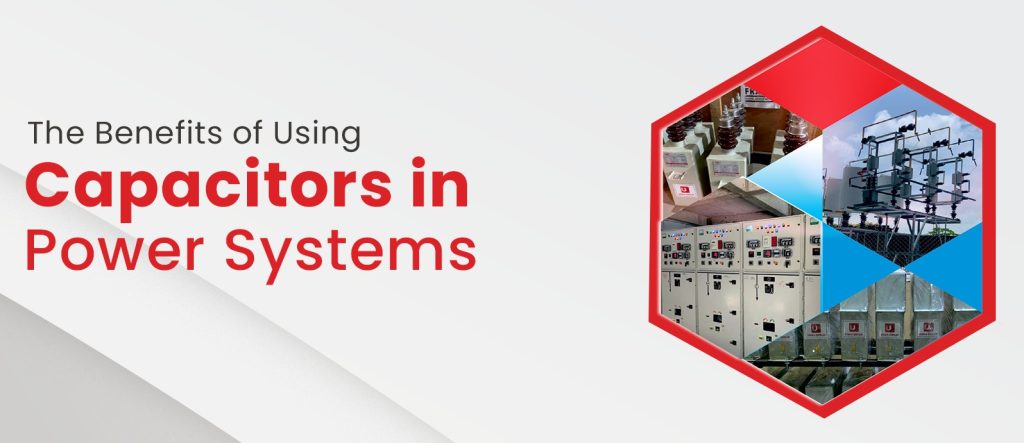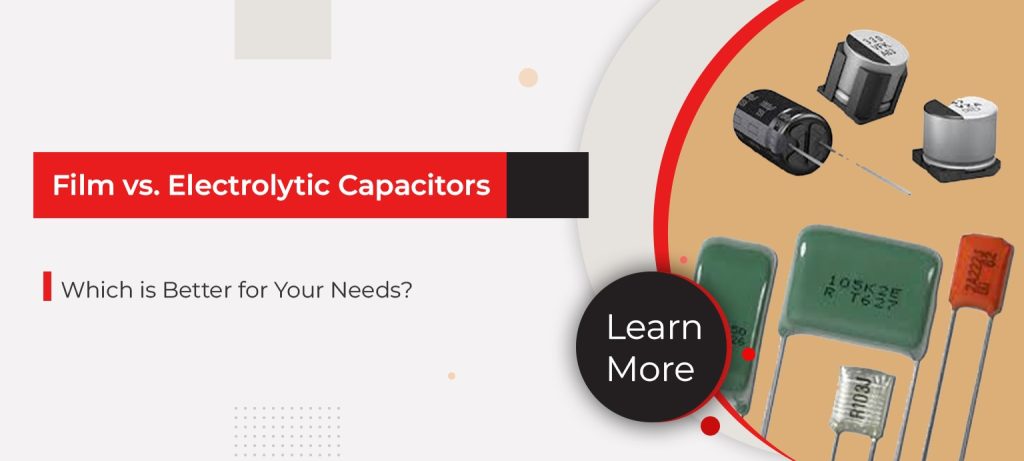In the modern industrial environment, electrical energy efficiency plays a critical role in maintaining operational stability and cost-effectiveness. One of the most effective tools industries rely on to improve their energy efficiency is the capacitor bank, particularly those rated at 300 kVAR. A capacitor bank helps reduce the phase difference between voltage and current in an electrical system, thereby improving the power factor. A low power factor can result in increased power losses, overloading of equipment, and higher utility bills due to penalties from power suppliers. To mitigate these issues, industries commonly install capacitor banks to optimize the use of electrical energy. The 300 kVAR capacitor bank is especially popular among medium and large-scale industries because it strikes a practical balance between capacity and cost, making it suitable for a wide range of applications. It is neither too small to be ineffective nor too large to be uneconomical for typical industrial loads.
Understanding Power Factor and Its Impact on Industries
Power factor is the ratio of real power (used to perform work) to apparent power (total power supplied). In industries where motors and inductive loads dominate the electrical system, the power factor naturally becomes lagging due to the nature of these devices. A poor power factor means more current is drawn to perform the same amount of work, leading to losses in cables, transformers, and generators. This inefficiency is not only technical but also financial. Many electricity providers charge penalties if the power factor of a facility falls below a specified limit. Therefore, industries are increasingly focusing on power factor correction techniques to avoid unnecessary costs and improve energy utilization.
Why Choose 300 kVAR Capacitor Bank Specifically?
Among the various sizes available, the 300 kVAR capacitor bank has become a preferred option for several industrial applications. Its capacity is well-suited for facilities with moderate to high inductive loads, such as manufacturing units, textile mills, processing plants, and commercial buildings with heavy HVAC systems. A 300 kVAR unit provides a reliable means to offset the reactive power demand generated by motors and other inductive devices. This size is also flexible enough to be deployed in modular setups, either standalone or as part of a larger automated reactive power compensation system. It’s efficient in improving voltage stability, minimizing line losses, and helping maintain the desired power factor without unnecessary overcompensation.
Benefits of Installing a 300 kVAR Capacitor Bank
The primary advantage of using a 300 kVAR capacitor bank is the correction of poor power factor, which directly translates to reduced energy bills. Many industrial plants see a noticeable drop in energy costs once such capacitor banks are installed. Additionally, with better power factor, the overall efficiency of the electrical distribution system improves. Transformers and generators can operate under less strain, and cable losses are significantly minimized. Another important benefit is the release of capacity in the electrical system. When the power factor improves, existing infrastructure like transformers and feeders can handle more load without being upgraded. This helps in future expansions and avoids the cost of additional hardware. Moreover, the installation of a 300 kVAR capacitor bank also contributes to voltage stabilization, which is crucial for sensitive machinery and automation systems in modern industries.
Applications Across Industrial Sectors
The 300 kVAR capacitor bank is extensively used in various industrial sectors where inductive loads are high and continuous. In the cement industry, it supports heavy-duty motors involved in grinding and material handling. In the steel industry, it compensates for arc furnaces and rolling mill equipment. Chemical and pharmaceutical units benefit from it by stabilizing voltage fluctuations caused by batch processing machines. Even data centers and commercial complexes employ such systems to manage HVAC and UPS load characteristics. The adaptability and moderate size of the 300 kVAR capacitor bank make it versatile enough to be integrated into low-voltage or medium-voltage systems with ease. Moreover, it is often incorporated into automatic power factor correction panels (APFC) for dynamic control.
Installation Considerations and Safety Aspects
When planning the installation of a 300 kVAR capacitor bank, industries must consider several factors to ensure effective operation and safety. Load analysis is the first step to determine the exact reactive power compensation required. Overcompensating by installing a larger than necessary unit can lead to overvoltage issues and possible resonance in the system. Hence, consulting an experienced electrical engineer or using automated systems for demand-based switching is advisable. Another important aspect is ensuring proper ventilation and cooling, as capacitor banks tend to heat up during prolonged use. Protective devices like fuses, contactors, and surge arrestors should be integrated to prevent damage due to faults. Regular maintenance checks, including visual inspection and thermal scanning, are recommended to identify signs of deterioration or failure in capacitors and associated components.
Environmental and Operational Advantages
A less-discussed but important benefit of using capacitor banks like the 300 kVAR model is the positive environmental impact. By improving energy efficiency, industries can reduce their carbon footprint. Lower power consumption means less demand from power plants, many of which still rely on fossil fuels. In this way, a simple installation can contribute to broader sustainability goals. On the operational side, industries also benefit from enhanced power quality. A steady voltage profile and reduced harmonic distortion lead to fewer equipment breakdowns and increased productivity. With such systems in place, industries can plan preventive maintenance more effectively and minimize unexpected downtimes.
Final Thoughts
Industries today face the dual challenge of managing operational expenses while maintaining consistent system reliability and electrical performance. One of the most efficient and cost-effective measures to achieve this balance is through power factor correction. Among the various solutions available, the 300 kVAR capacitor bank has emerged as a dependable and practical choice. It offers the right mix of performance, flexibility, and cost-efficiency, making it suitable for a wide range of industrial applications. By optimizing energy usage, reducing reactive power demand, and enhancing overall power quality, it contributes significantly to long-term operational efficiency. With proper design, installation, and maintenance, the 300 kVAR capacitor bank becomes an integral component in a modern industrial power system. Investing in this technology is not just about improving technical performance—it reflects a forward-looking approach to energy management and sustainability.
If you are an industry owner or someone responsible for managing your facility’s electrical infrastructure and are looking for dependable, efficient, and well-engineered capacitor banks to enhance your power factor and reduce energy losses, Usha Power is your trusted partner. Usha Power is a leading name in power quality and energy efficiency solutions, offering a comprehensive range of capacitor banks designed for industrial and commercial applications of all scales. With over two decades of domain expertise and a commitment to engineering excellence, we deliver products that meet the exacting demands of today’s industries—be it for reactive power compensation, harmonic filtration, or improving overall power quality. Our capacitor banks are built to handle diverse load conditions and comply with the highest safety and performance standards. At Usha Power, we work closely with industry professionals to provide customized, technically sound solutions that ensure long-term reliability and improved operational efficiency. Choose us to take a step forward in responsible energy management.





